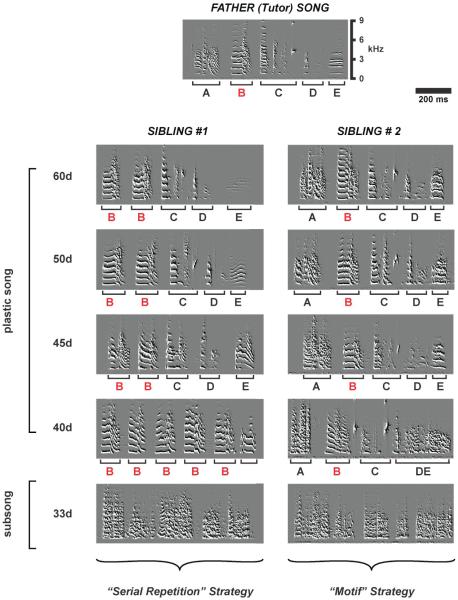Figure 1. Learning the same song using different developmental strategies.
Song development is shown for two juvenile zebra finch siblings (sibling #1 and sibling #2) from the same clutch. Both birds mastered the same 1-second long song motif they heard from their father. The highly stereotyped song motif of the father (labeled “Father (Tutor) Song”) is shown at the top and consists of five different syllables, identified by letters A through E. Sibling #1 utilizes a “serial repetition” strategy where he transitions from subsong to a song that consists of repetitions of the same syllable (shown in red). He then modifies each syllable so that they eventually match the different syllables produced in the father’s song. Sibling #2 on the other hand, transitions from subsong by producing a global imitation of the father’s song with each element already in the right place in the motif but produced in a very noisy and imprecise way. With time he refines the acoustic properties of each element without any major modifications of the sequence. The vertical axis corresponds to frequency, in kilohertz, and the horizontal axis corresponds to time, in msec. (Modified from Figure 3 in Liu and Nottebohm (2004) PNAS 101: 18177 - 18182)

